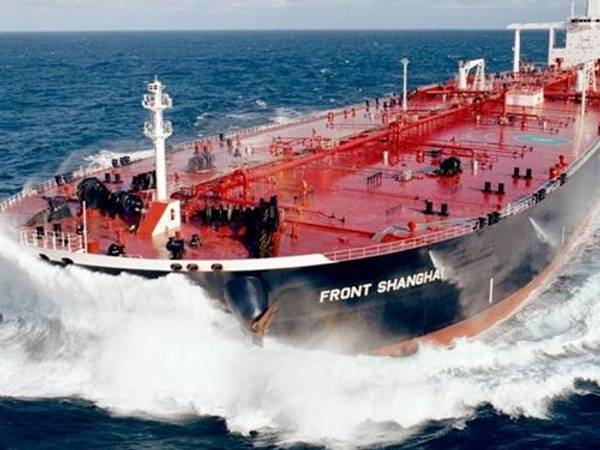Iran receives 80 percent of its oil export proceeds in cash, and only 20 percent is in barter trade, Fars news agency affiliated with the IRGC said Monday.
A day after Fars claimed that Iran’s oil exports in 2022 will reach $36 billion, it published an article quoting senior officials that contrary to other reports, Iran relies very little on barter in exchange for its oil.
There have always been suspicions and some evidence that Iran did not receive much cash payments for its crude exports banned by United States’ sanctions, and it received goods, especially from China, its biggest customer. There was evidence during international sanctions from 2011-2016 that Iran imported sometimes useless merchandise instead of getting paid in cash for the illicit oil exports.
Fars quoted oil minister Javad Owji speaking in a television program, who said that “All oil incomes are received at the due date. We receive 80 percent in cash and we import medicines and essential goods with the remainder.”
Owji underlined that the 20 percent of barter was not imposed on Iran, but were cargos ordered based on need and expected quality of goods.
Mohsen Khojasteh-Mehr, general manager of the National Oil Company of Iran confirmed the same information to Fars, but slightly in more vague terms. “Oil export income returns to the country, which means receivables are received,” he said.
Suspicions that Iran might not have been receiving cash for oil exports are reinforced by the financial hardship the government faces. Many government-sector workers have not been paid for months while the national currency has lost 25 percent of its value since March.
Facing a large budget deficit estimated to be at least a 50—percent shortfall, the government stopped food import subsidies in early May. Some officials have said the subsidy was costing $15 billion a year and was expected to reach $20 billion with rising global inflation.
The move pushed food and other prices higher in May and June bringing the overall official annual inflation rate to 55 percent while food prices rose by 80 percent compared with May 2021. This led to many protests around the country.
Fars said that oil revenues are collected in various ways as third-party US sanctions restrict Iran’s banking international banking options.
Creating new and undisclosed bank accounts, networking through the informal hawala system or money exchangers, using the potential of smaller banks, barter and receiving payment in the national currencies of oil importers were the main methods used, Fars said.
After former US President Donald Trump withdrew from the 2015 nuclear deal, or JCPOA, in May 2018 and imposition of sanctions, Iran’s oil exports declined to almost 10 percent of what they were before. The government relied on the National Development Fund, or its foreign currency reserves, to finance essential needs.
Amid its economic crisis, Iran has so far refused to make a deal with the United States to revive the JCPOA and lift the sanctions. This has led to demands by politicians and people for agreeing to the US terms and the hardliner government backed by the IRGC is engaged in a daily campaign to convince the public that overall situation is good and there is little need for a nuclear deal.
Oil exports began to recover in November 2020 as Joe Biden won the US election and signaled his intention to open talks with Iran to revive the JCPOA. Iran’s oil shipments kept rising in 2021 from around 250,000 barrels per day to more than 750,000, raising its income and claims that it had defeated US sanctions.
